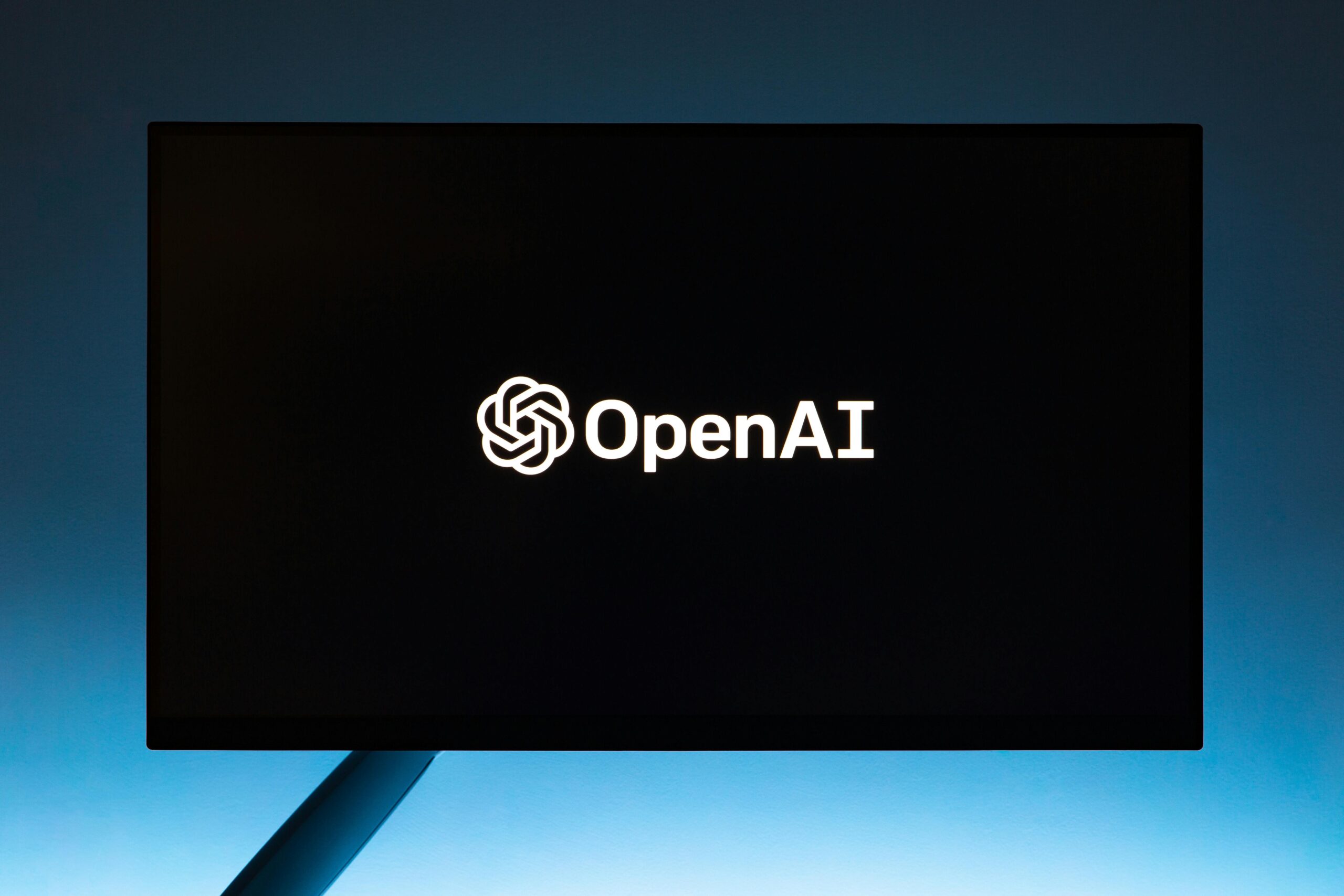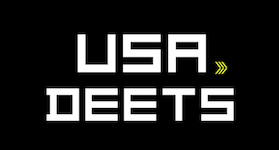
Sora by open Ai-Imagine a world where you can dream up a video, and it magically comes to life. Enter Sora, the mind-blowing new tool from the AI wizards at OpenAI, that’s turning that dream into reality!
Here’s the lowdown: Sora is basically a video genie trapped in a computer (don’t worry, it’s a happy genie!). You give it a text description – anything from a bustling cityscape to a talking cat riding a skateboard – and poof! Out pops a short, realistic video straight out of your imagination
What Is Sora?
Sora is an AI tool from OpenAI that lets you turn your words into short, realistic videos. Imagine describing a bustling city or a talking animal, and having Sora instantly bring it to life! It’s still under development, but it holds exciting potential for education, marketing, and creative expression.
Who Can Access Sora Now?
Currently, access to Sora is very limited and restricted to two specific groups:
1. Red Teaming:
This involves security researchers who are assessing potential risks and harms associated with the technology. Their role is to identify vulnerabilities and ensure its responsible development before public release.
2. Limited Access Group:
A select group of visual artists, designers, and filmmakers have been granted access to provide feedback and help understand how Sora can be most beneficial for creative professionals. Their insights are critical to shaping the future development and functionalities of the tool.
How Does Sora Work?
While the exact technical details of Sora are not publicly available, here’s an overview of how it likely works:
AI Processing: Sora then uses several complex techniques, including:
- Natural Language Processing (NLP): This helps Sora understand the meaning and intent of your text description, identifying key objects, actions, and relationships.
- Generative Models: Similar to image generation algorithms, Sora uses trained models to create realistic video frames based on your text input. Different models might handle different aspects of the video, like generating scenery, animating characters, or adding lighting effects.
- Diffusion Models: These models progressively refine the video frames, starting with noise and gradually adding details and coherence until they achieve a realistic appearance.
Remember:
- Sora is still under development, and its exact inner workings are not publicly known.
- It utilizes several AI techniques like NLP, generative models, and diffusion models to process your text and create a video.
- The generated videos are not always perfect, and there’s ongoing work to improve their quality and realism.
Sora by OpenAI and the Future: A Glimpse into a World of Text-to-Video Magic
Sora, the AI-powered text-to-video tool from OpenAI, is still in its early stages, but its potential to revolutionize video creation is undeniable. So, what could the future hold with Sora?
Here are some exciting possibilities:
Democratized Video Creation: Imagine anyone, regardless of technical expertise, being able to create high-quality, engaging videos simply by describing their ideas. Sora could empower individuals and small businesses to tell their stories, launch marketing campaigns, or even create educational content without relying on expensive software or skilled videographers.
Personalized Learning: Educational materials could become interactive and visually captivating thanks to Sora. Imagine textbooks coming alive with animated explanations, historical events re-enacted in detail, or complex scientific concepts visualized in real-time. This personalized learning experience could boost engagement and understanding for students of all ages.
Enhanced Marketing & Advertising: Brands could craft unique and targeted video ads tailored to specific audiences by simply feeding text descriptions to Sora. Imagine personalized product demonstrations, interactive storytelling ads, or even real-time content tailored to current trends. This could open up a whole new realm of possibilities for engaging consumer experiences.
Revolutionized Entertainment: Movie scripts could be brought to life instantly, allowing filmmakers to explore ideas and experiment with visuals before investing in full-scale productions. Even home movies could become mini-masterpieces with AI-generated special effects and animations.
Unforeseen Applications: The true impact of Sora might lie in unforeseen territories. Perhaps it will be used to create immersive virtual reality experiences, develop new forms of artistic expression, or even aid in scientific discovery by visualizing complex data sets.
However, alongside these exciting possibilities, there are potential challenges to consider:
Ethical Concerns: Ensuring responsible use of the technology to prevent the spread of misinformation, biases, or harmful content will be crucial.
Job Displacement: While Sora could create new opportunities, it might also displace some jobs in the video production industry. Mitigating these impacts and retraining affected individuals will be important.
Accessibility & Equity: Ensuring equitable access to this technology for people of all backgrounds and communities will be essential to avoid exacerbating existing inequalities.
Overall, Sora’s future is brimming with potential. It’s important to approach it with both excitement and caution, ensuring its development prioritizes ethical considerations, responsible use, and accessibility for all.
Best Video Review
Conclusion
Sora by OpenAI is like a genie in a box, turning your words into vibrant videos. While still young, its potential to democratize video creation, personalize learning, and revolutionize entertainment is undeniable. However, ethical considerations, job displacement, and accessibility must be addressed for a responsible future. One thing’s certain: Sora is a glimpse into a world where imagination meets AI magic, and the possibilities are excitingly endless.
References
Here are some authentic references to support the information presented so you can direct your readers for further confirmation:
OpenAI Sora Website: https://openai.com/sora/
OpenAI blog: https://openai.com/blog/
OpenAI Twitter: https://twitter.com/openai
This sites provides an overview of Sora, its capabilities, and research behind it. While not a research paper, it serves as an official source from OpenAI itself.
FAQs
Q1. Is OpenAI Sora available?
Not yet for the general public. As of February 16, 2024, Sora is still under development and currently in limited access phases. OpenAI is prioritizing safety and responsible use before wider release.
Q2. Is Sora AI available to use?
Unfortunately, no. Similar to the above, public access is not available yet. OpenAI is currently granting access to specific groups like researchers and creative professionals to gather feedback and ensure responsible development.
Q3. How to use Sora by OpenAI?
Since it’s not publicly available, there’s no direct way to use Sora right now. However, you can stay updated on its progress through:
OpenAI website: https://openai.com/sora/
OpenAI blog: https://openai.com/blog/
OpenAI Twitter: https://twitter.com/openai
Q4. When was Sora AI released?
Sora wasn’t officially “released” in the traditional sense, as it’s still under development. However, OpenAI publicly announced its existence and early capabilities in February 2024.







